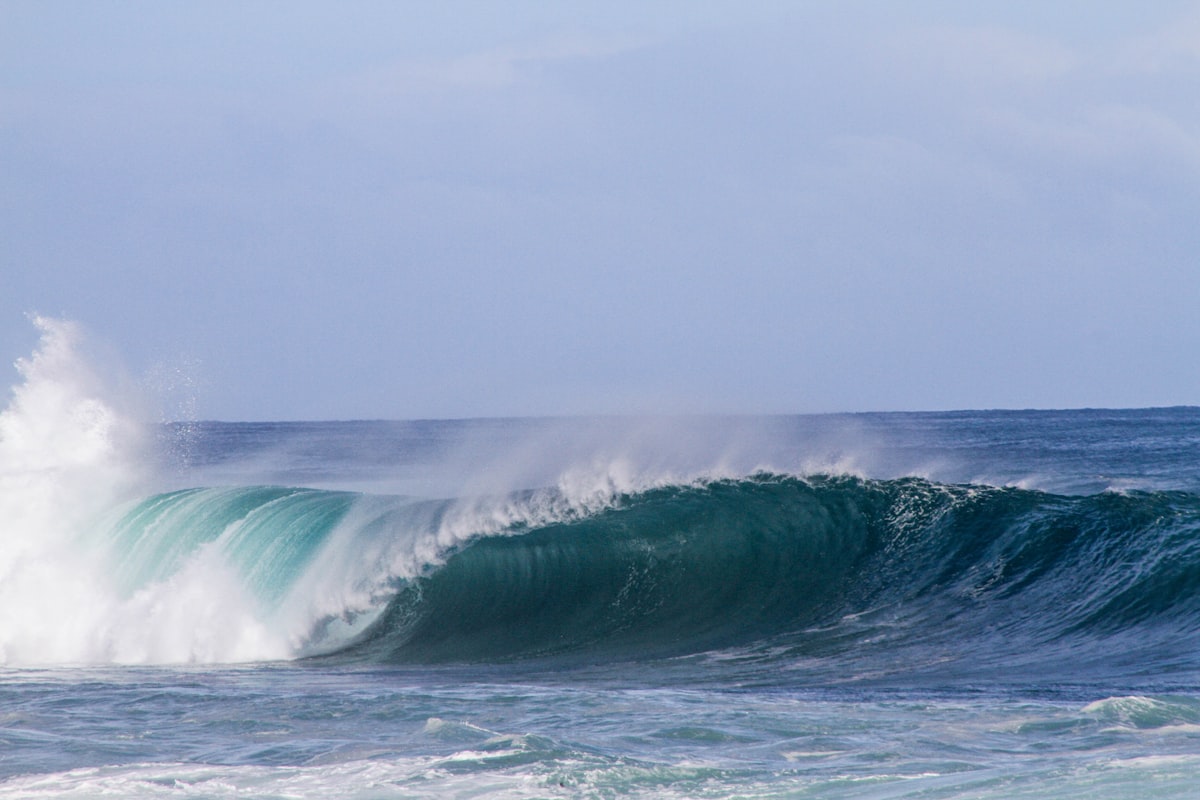A Little About Waves

A wave is a repeating disturbance that moves through matter or space. There are two main types of waves: mechanical and electromagnetic. Mechanical waves travel through matter, but electromagnetic waves pass through space.
A wave’s crest is its highest point, and its trough is its lowest point.

The amplitude of a wave is the greatest distance (either positive or negative) a wave reaches from its original position.

The wavelength is the length of the space between the crests on two consecutive waves.

A wave's frequency can be measured by counting how many crests, or troughs, appear in a set amount of time. A wave with a larger frequency has more energy.
Light waves are a type of electromagnetic waves. The light's frequency is its color. The amplitude of light waves changes the brightness. The higher the amplitude, the brighter the light.
Sound waves are another example of mechanical waves. The frequency of a sound wave determines its pitch, while the amplitude determines its loudness. They are known as mechanical waves because sound passes through physical objects such as air, liquids like water, or metals like silver.




